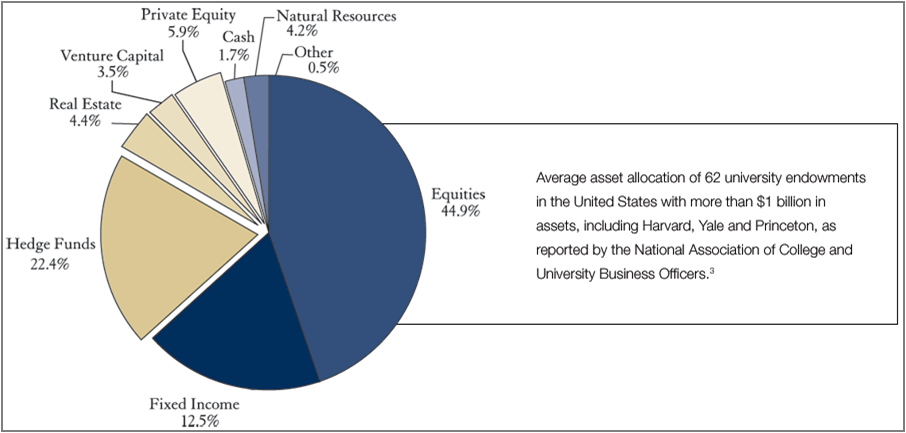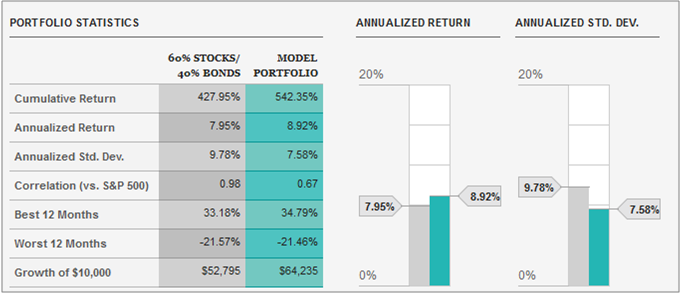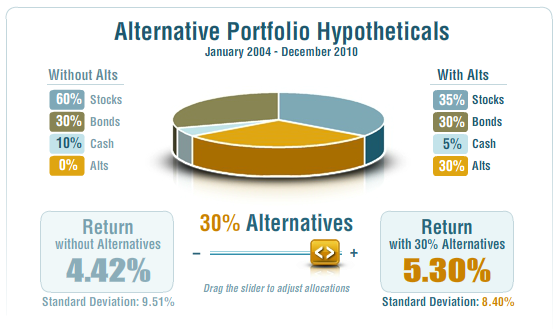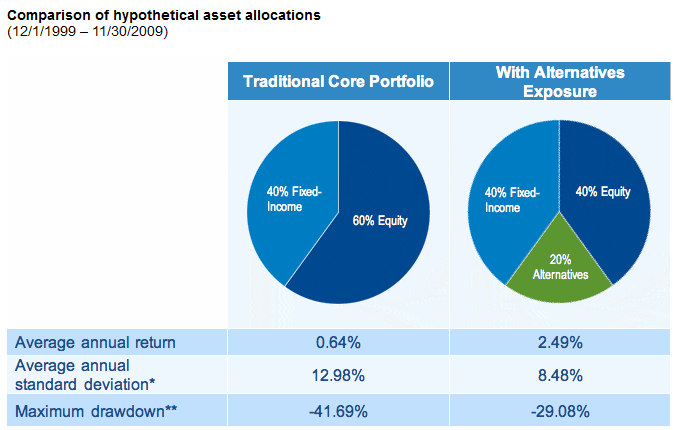A Quick Look Into FinTech
Last week I visited the offices of a New York FinTech leader. FinTech is attracting copious news mentions and billions of investment dollars (see chart below). We’ve helped a handful of asset managers understand and plan for the emergence of robo-advisors (a subset of FinTech), so gaining a fresh perspective was very exciting to me. As I walked around the offices and spoke with people in different business functions, three thoughts came to mind:
- This company understands the long game is just starting. They talk in traditional consumer financial services terms like cost of acquisition and lifetime customer value to predict future profitability with psychographic, life-stage, and attitudinal data. It is a different mindset than intermediary-oriented asset managers. When speaking of financial advisors, I often hear some sort of bracketing of financial advisors (i.e., dabbler, bronze, silver, gold) based on past sales production.
- The competition is Google, Facebook, and Amazon. The team sees those companies as the primary competition because they all possess massive, active, and trusting customer bases. Seeing these technology companies as the competition reinforces the emphasis on cost of acquisition as a company like Amazon could immediately begin marketing an end-user FinTech service to a global customer base (similar to marketing Prime to the 260MM+ customers worldwide) and have a cost of acquisition many times lower than a new entrant.
- People spoke to me about asset managers as key partners and not competitors. Not one person I spoke with mentioned a desire to start buying/selling individual securities in a commingled vehicle. So FinTech (robo-advisors in particular) becomes a new distribution channel for asset managers. And with any new (and successful) distribution channel, the incumbent channels will lose share.
This was a highly interesting afternoon. I started to mentally sketch a few conclusions lightly. For now, I’ll keep them to myself but would love to hear your thoughts. Send us a quick e-mail with ideas or better yet, a place and time to discuss over beverages.











